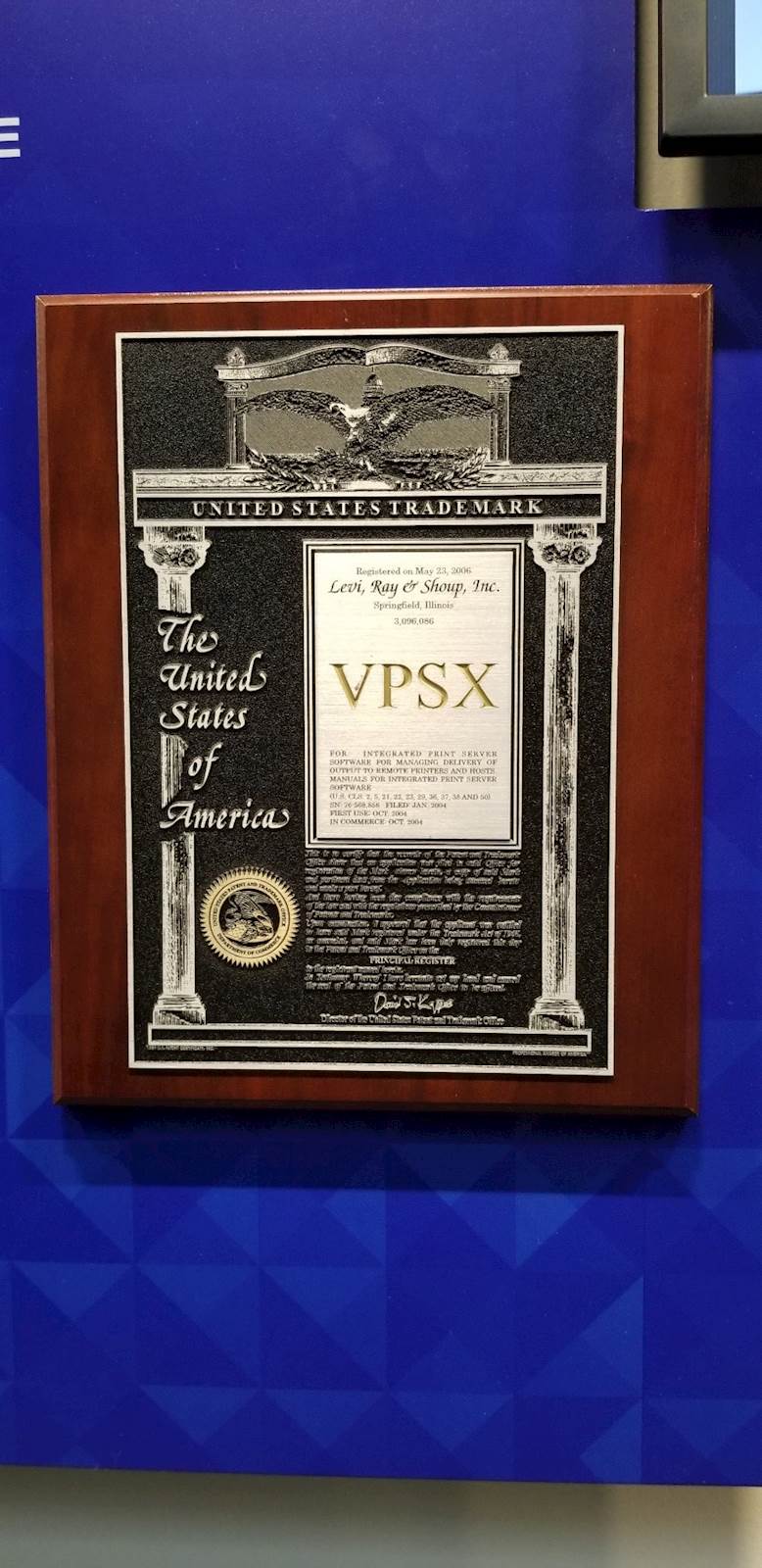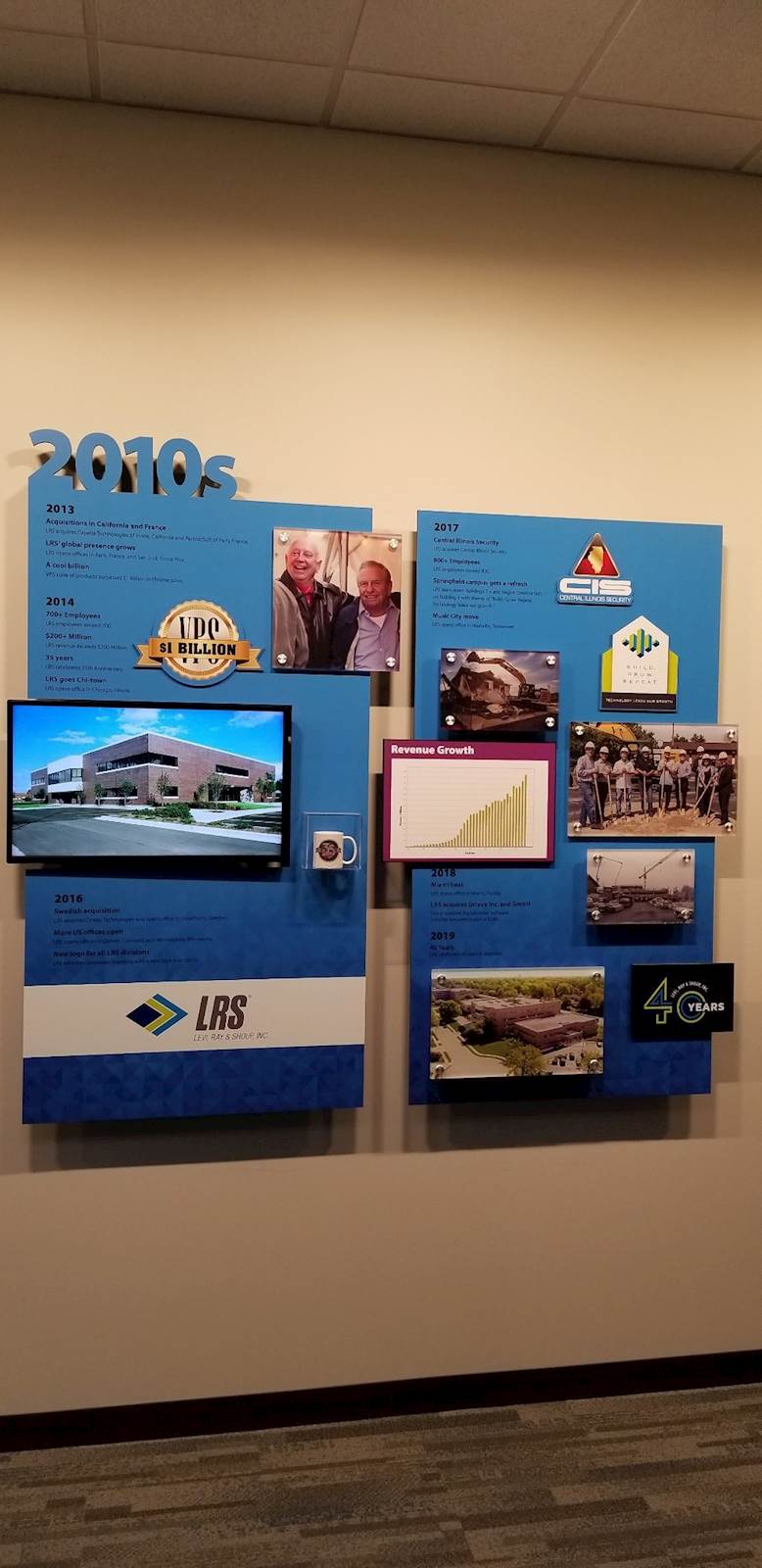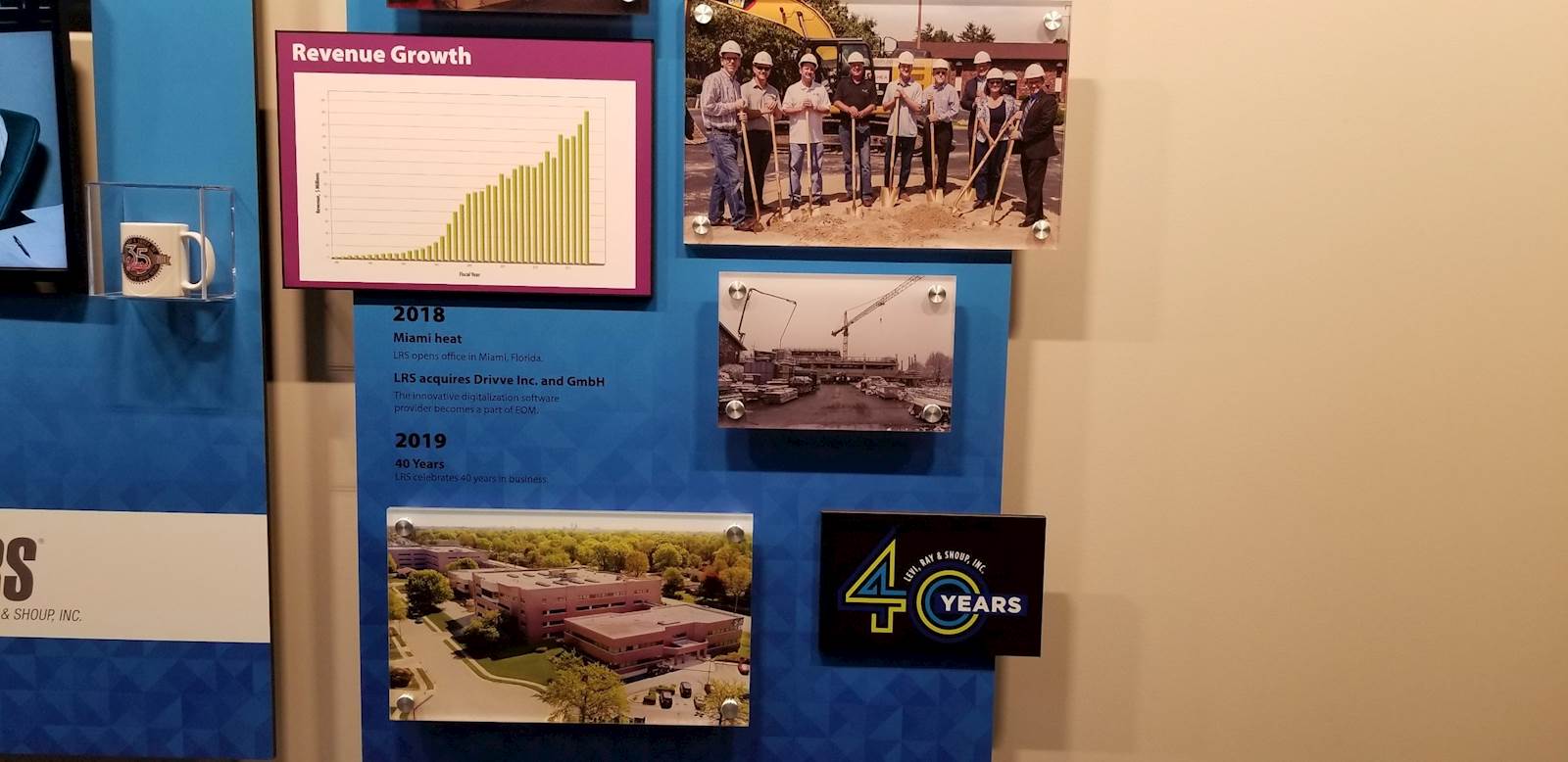As discussed in last week’s Blog, the 1980s and 1990s were times of explosive growth for LRS. And the end of the millennium was an intense time for all of the computing world as well as society in general. Instead of partying like it was 1999, a lot of the world was stocking up canned goods, squirrelling away cash at home, and getting ready for the lights to go out.
I’m talking of course about the Y2K bug, which you may remember well or not at all, depending on your age. In short, no one knew for sure which computer systems were going to continue to function when the calendar rolled over at the end of the 20th Century. This uncertainty drove a LOT of investment in IT systems, new hardware, software, and network infrastructure.
Although we knew that there was nothing in the LRS software code that might cause problems, we had Product Support teams ready and positioned in our offices and distributor locations around the world, starting in the LRS Australia office in North Sydney. On the big night, as expected, there were no major problems reported. The few calls that came in were due to issues unrelated to the LRS software, but we helped customers deal with them as needed. In the words of Steve Mortimer, our then-head of Product Support, “it was the one of the longest, most uneventful, days in all my time at LRS.”
One effect of the frenzied run-up to the year 2000 was that many old (primarily mainframe-based) applications were being replaced by those running on UNIX, Linux, Windows, and other so-called “open systems” platforms. There was some basic print functionality present in each of these environments (LPR/LPD anyone?). However, such facilities sorely lacked the degree of security, scalability, and control needed to manage critical document delivery in a global bank; a vehicle manufacturer; a large hospital; a national military command; or any other enterprise where document failure was not an option.

In 2004, LRS launched its solution for the open systems environment. Our VPSX software did for the UNIX, Linux, and Windows worlds what the original VPS solution did for the IBM mainframe world. While our developers took a “clean sheet” approach with respect to the actual product code, the new VPSX solution took into account the lessons learned in thousands of customer installations over the prior two decades.
From the very beginning, the new software was built to be as future-proof as we could make it. For example, the same basic product code could be run on many “flavors” of UNIX, Linux, or any POSIX-compliant platform that might be developed in the years to come. As a result, a VPSX customer that wanted or needed to migrate from one computing environment to another could do so while protecting existing investments in their printing and document management infrastructure. This is very important, given that some customers rely on LRS software to deliver critical documents to tens of thousands of printers and have workflows that grind to a halt when documents fail to appear.
Another benefit of the “clean sheet” approach to the VPSX product was that it was specifically designed to easily interface with third-party business applications. Throughout the mid-2000s and into the present decade, LRS has collaborated with many of the industry-leading line-of-business application providers to make seamless document delivery a reality. Best of breed technology providers like SAP, Epic, Cerner, Citrix, and others have worked with LRS to simplify and enhance document delivery for our mutual customers.
By the beginning of the current decade, annual sales of our “new” open-systems solutions was headed toward that of our original mainframe-based software, and we had established a significant global base of customers and software revenue. As in the past, much of this new revenue was invested in expanding LRS’ diverse business operations through increased hiring and the construction of new facilities to improve the ability of our teams to serve our customers. In recent years, LRS has also made several key business acquisitions that have helped us grow our product offerings more quickly and easily than would otherwise have been possible. By incorporating the expertise and technologies from companies like Capella, Cirrato, and Drivve, for example, LRS has been able to greatly enhance the capabilities of our core Enterprise Output Management suite.

In his annual year-end message to all LRS employees, our founder Dick Levi implores us to never take our past successes for granted; to use our financial strength prudently; and to work in an efficient manner while watching for hidden opportunities and business obstacles/competitors. It’s a simple enough message that any business can understand. Which begs the question…
Why aren’t there more software companies out there celebrating four decades of debt-free business expansion? While providing critical capabilities that half of the Fortune 1000 couldn’t live without? And retaining some of their most knowledgeable employees for 20, 30 years and more?
It’s something I’ll ponder next week, as I and hundreds of LRS employees from all over the world convene in Springfield to kick off our 40th fiscal year. Thanks to all the customers, alliance partners, and others who have helped contribute to our success over the years. We look forward to serving you for many decades to come.
